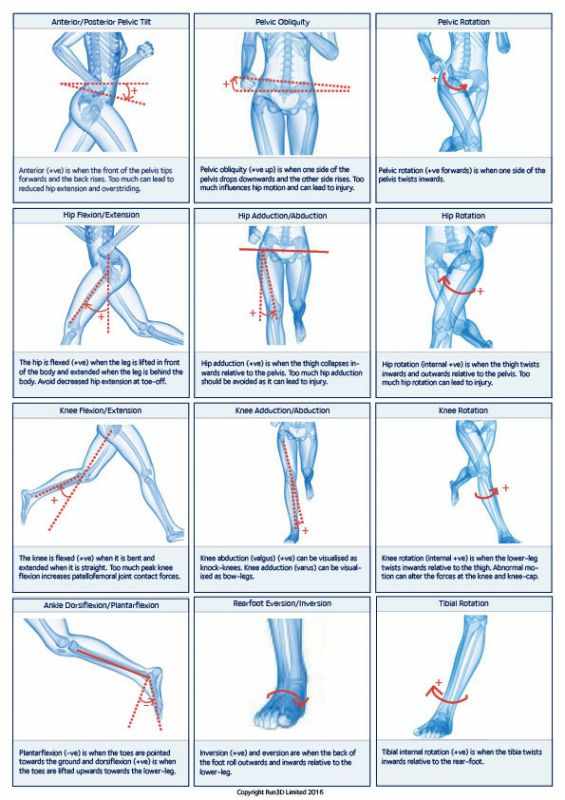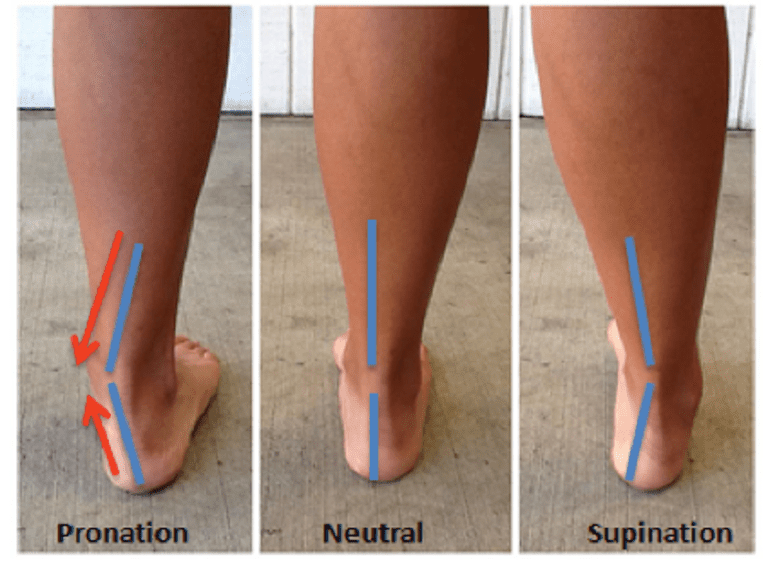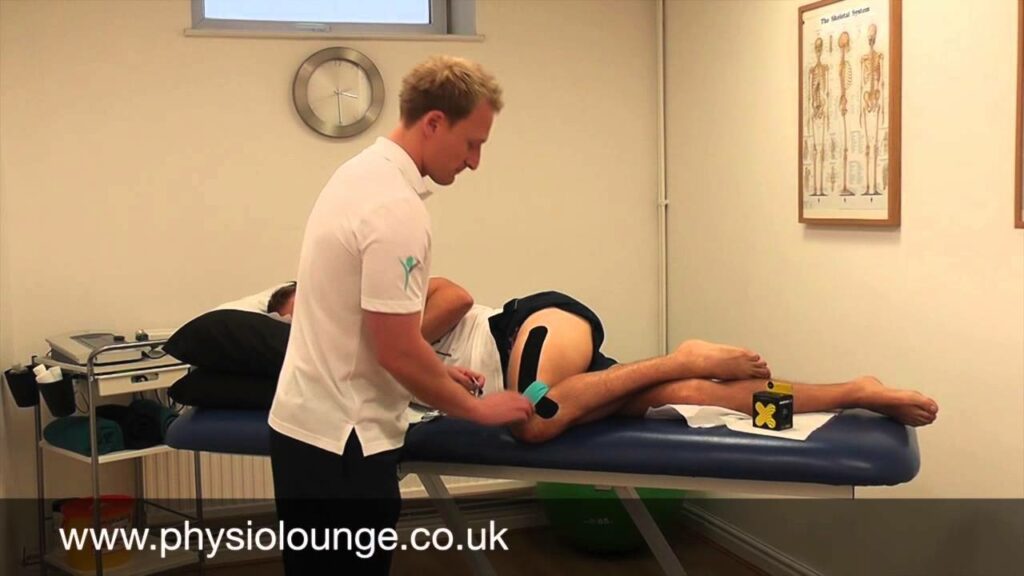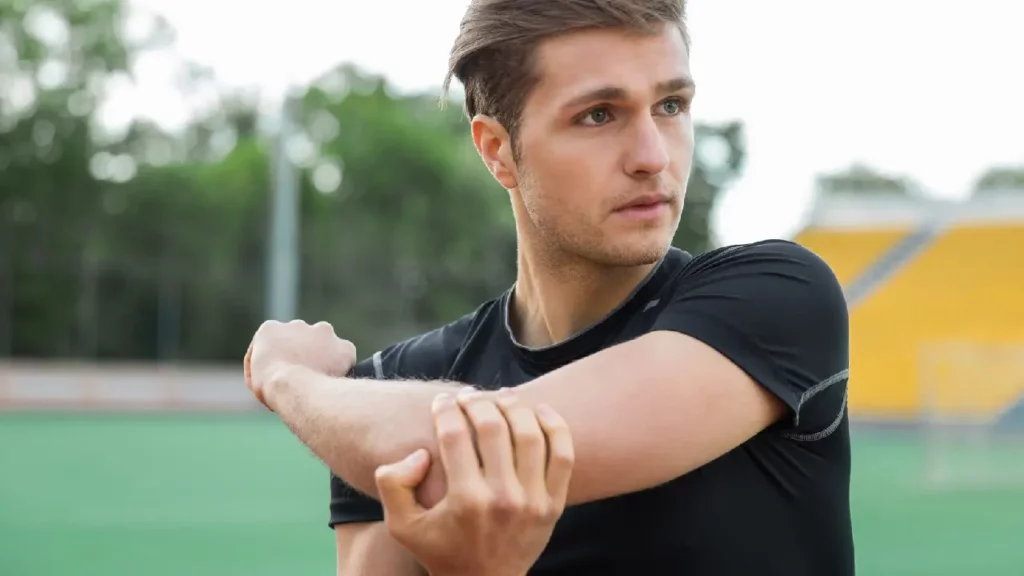Plantar Fasciitis is one of the most common causes of heel pain that we see here at The Physio Lounge. It can be severely debilitating, preventing you from continuing with your hobbies and can even make the simplest of tasks, such as walking, hard work. So if you’re suffering with this nasty condition or training for an upcoming running event then read on for some more information of the condition and some top tips to get you back on the road to recovery.
Plantar Fasciitis affects the arch of the foot and the heel, its inflammation and/or damage to the Plantar Fascia which is the thick band of tissue that connects your heel bone (calcaneus) to your toes. It’s common in runners and people who have poor support of the arch of the foot.

Causes/ Symptoms
Plantar Fasciitis is repetitive micro trauma from excessive loading forces on the Plantar Fascia. It can generally onset due to a change in the biomechanics of your foot, this could be from limitations further up the body (commonly at the ankle or hip), or from the introduction of a new movement pattern such as taking up running or a change of shoes.

Symptoms of Plantar Fasciitis generally include:
- Medial (inside) heel pain / arch pain
- Pain with first step in the morning
- Pain worsens with prolonged standing, walking or running
- Noticing a bony spur on the heel
Risk Factors:
- Age – most common between 40 and 60
- Lifestyle – high BMI
- Poor mobility at the ankle and hip
- Over-pronation at the foot (flattened arch) and under-pronation at the foot (increased loading on the plantar fascia)
- Poor foot intrinsics (ability to control your toe movements)
- Poor proximal stability (weakness at the glutes/hip causing poor control of your knees and feet)

The Fix
Here is a very generic set of exercises and mobility drills to fix your Plantar Fasciitis. However, remember that we are all uniques individuals and you may require a more detailed Physiotherapy Assessment by one of our Physiotherapists to arrive at an accurate diagnosis and to provide a bespoke rehabilitation plan/treatment. You may also require a Biomechanical Assessment with our state of the art foot scanner to assess whether of not orthotics (insoles) are required to help to improve foot mechanics.
Exercises:
Windlass Mechanism
- Beginner – seated, lift your toes up in the air while keeping the rest of the foot grounded and slowly lower to the ground, maintaining the arch the whole time – 3 x 6 reps.
- Advanced – standing, lift just your big toe in the air and slowly lower to the ground while maintaining the arch of your foot – 3 x 10 reps.
Lacrosse Ball Release
- Using any hard ball, roughly the size of a tennis ball, roll under your foot paying more attention to the arch of your foot and around the heel – 2 mins total each side.
Glute Strengthening
- Using a resistance band just above the knees, move your leg out to the side focusing on using your glutes to control the movement for 5 reps, straight after do the same movement but diagonally backwards for 5 reps, finally move your leg straight back for 5 reps really controlling the movement from your glutes. Repeat on the other side.
Tibialis Anterior Marching
- Using a resistance band under the arches of your feet, stabilise yourself on one leg, then lift your other leg up to 90 degrees, keeping your foot pointed up so the band doesn’t fall down. Lower and repeat the other side. Focus on squeezing your glutes on your stance leg and activating the muscles on the front of your shin on the active leg – 3 x 10 reps each side.
Calf Foam Rolling
- Starting at the ankle, placing as much body weight through the roller as you can tolerate, slowly work your way rolling the calf up towards the knee – 2 mins each side.
Wrap up
Plantar Fasciitis is nasty and debilitating but you can recover from this condition with the correct approach and the right exercises.



